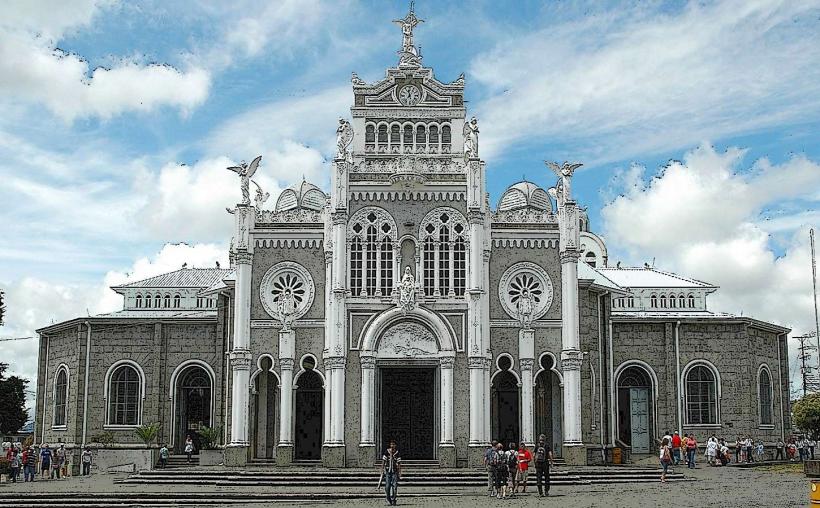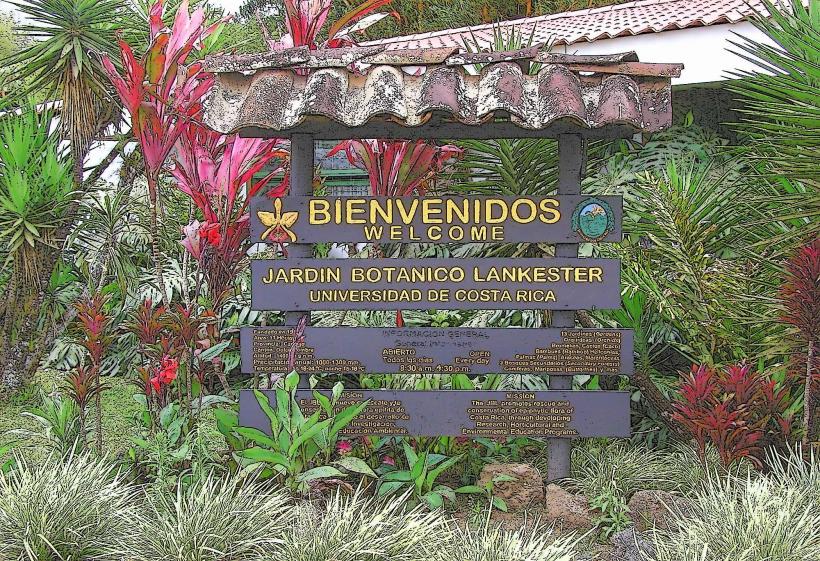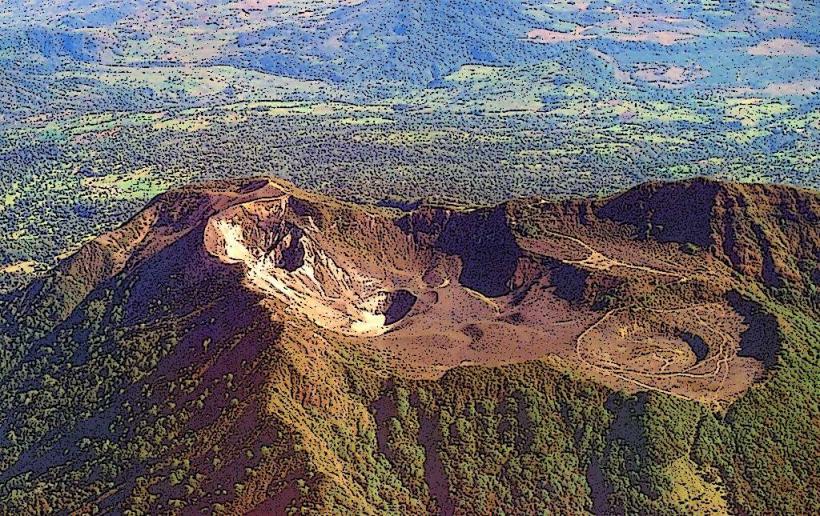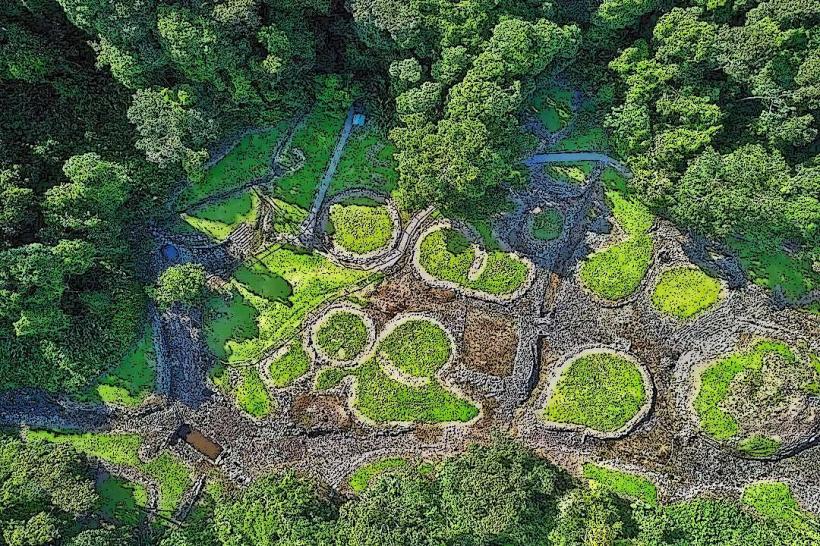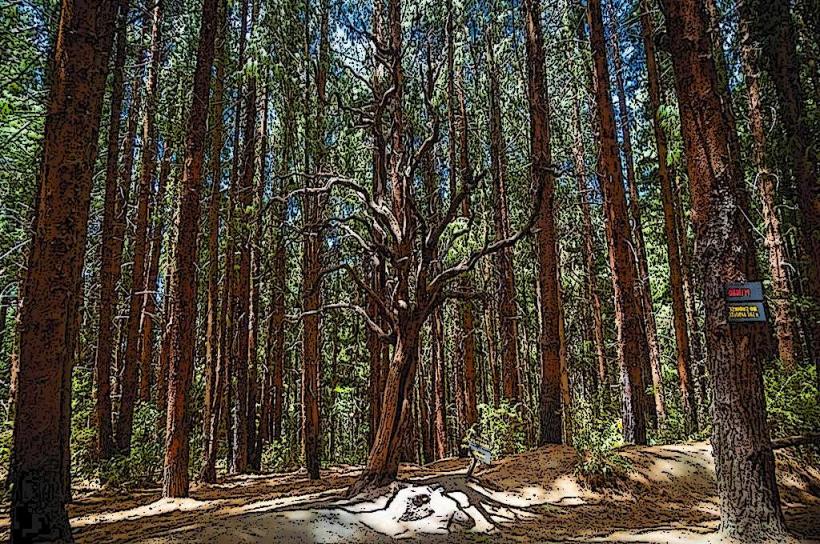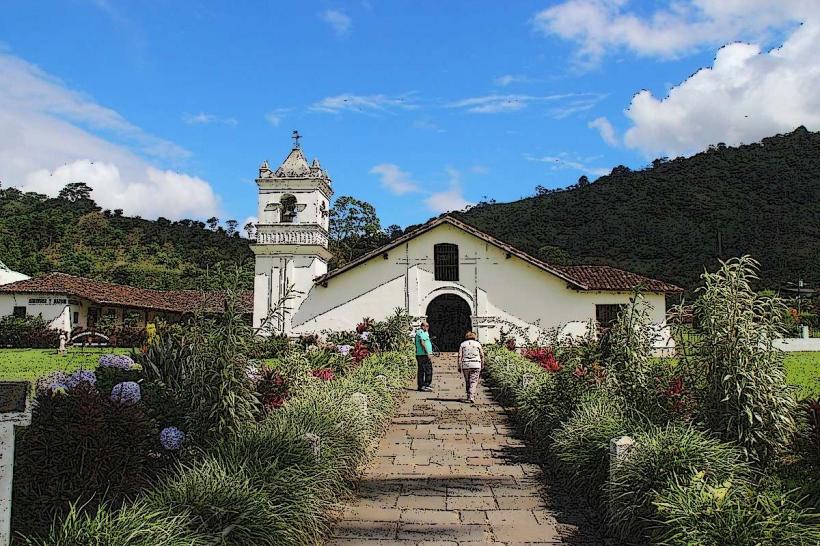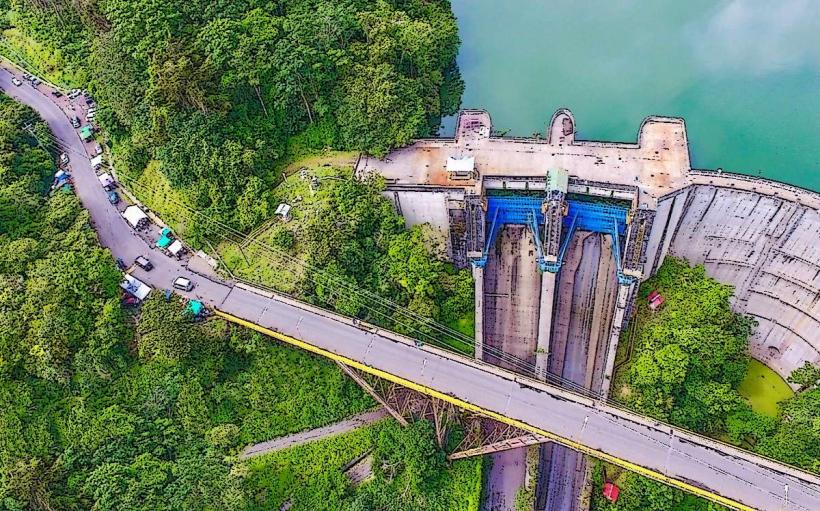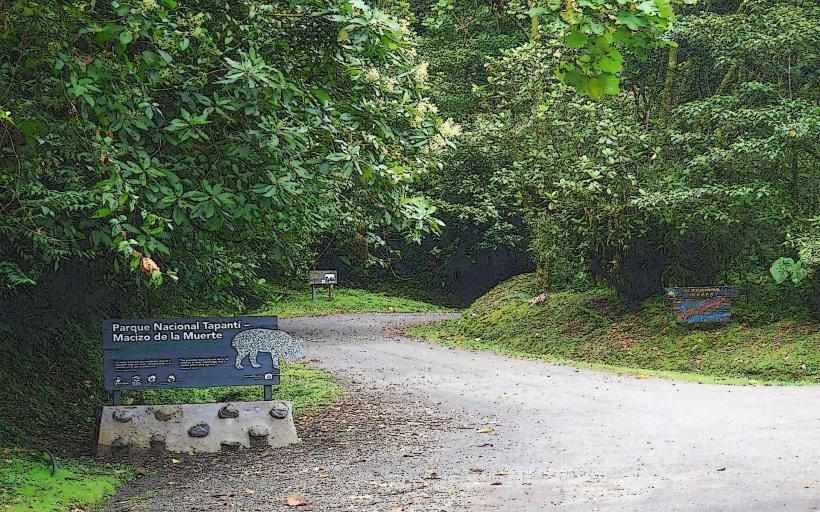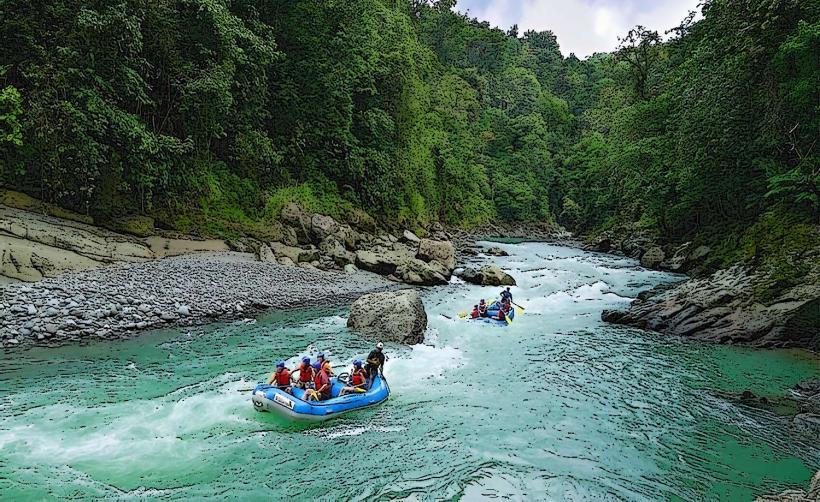Information
Landmark: Irazu Volcano National ParkCity: Cartago
Country: Costa Rica
Continent: North America
Irazú Volcano National Park is one of Costa Rica's most famous and easily accessible volcanoes, located in the Central Valley near the city of Cartago. The park is known for its stunning views, otherworldly landscapes, and the unique opportunity to observe an active stratovolcano up close. At nearly 3,432 meters (11,260 feet) above sea level, Irazú is the highest active volcano in Costa Rica, and it offers visitors a chance to explore volcanic craters, lush forest, and diverse wildlife.
Overview:
- Name: Irazú Volcano National Park (Parque Nacional Volcán Irazú)
- Location: Cartago Province, Costa Rica
- Elevation: 3,432 meters (11,260 feet) above sea level
- Type: Stratovolcano (active)
- Area: Approximately 5,705 hectares (14,100 acres)
- Established: 1955
Key Features:
1. Irazú Volcano Craters:
- The main attraction of the park is the Irazú Volcano itself, which features two large craters at its summit. The larger crater is known as the Principal Crater, while the smaller one is the Diego de la Haya Crater.
- The Principal Crater contains a greenish-blue lake that appears at the bottom of the crater, although the lake's color and size vary due to volcanic activity and weather conditions.
- Irazú is an active volcano, though it has not erupted in recent years. The most notable eruptions occurred between the 1960s and 1990s, when the volcano produced ash clouds that affected surrounding areas. Today, the volcano remains relatively calm but still emits fumaroles (gases and steam) from its craters.
2. Spectacular Views:
- From the summit of Irazú, visitors are treated to panoramic views of the surrounding landscape. On clear days, it's possible to see both the Atlantic and Pacific Oceans from the volcano's summit, offering a rare and breathtaking view of Costa Rica's diverse geography.
- The park is located in a high-altitude region, so the weather can be quite cool and unpredictable. It's recommended to bring layers and be prepared for sudden changes in temperature or mist, which may limit visibility at times.
3. Unique Landscape:
- The Irazú Volcano National Park features a diverse range of ecosystems. At higher elevations, visitors will find cloud forests with mosses, ferns, and various plant species adapted to the cooler climate.
- The park is also home to lowland tropical rainforests at its base, which are rich in biodiversity. The transition between these ecosystems adds to the park's appeal for nature enthusiasts and hikers.
- The volcanic landscape itself is striking, with lava fields, crater lakes, and geothermal activity creating an almost alien-like atmosphere.
4. Flora and Fauna:
- The park's biodiversity is one of its highlights. Various species of birds, including the quetzal, hummingbirds, and mountain toucans, can be spotted around the park, especially in the forested areas.
- The park also shelters a variety of mammals, such as white-faced monkeys, sloths, and coatis. Reptiles and amphibians can also be found in the park, especially near the volcanic craters and their surrounding areas.
- Plant life includes a range of highland species, such as oak trees, bamboo, and numerous wildflowers, which thrive in the volcanic soil.
5. Geological Significance:
- Irazú is an active stratovolcano that formed through a series of eruptions over thousands of years. The volcano has a fascinating geological history, and visitors can learn about the volcanic processes that shaped the landscape at the park's visitor center.
- The park’s volcanic geology, along with its volcanic craters and fumaroles, makes it an excellent destination for geology enthusiasts. Visitors can see firsthand the effects of volcanic activity and learn about the region's natural processes.
Activities and Attractions:
1. Crater Viewing:
- The primary activity at Irazú Volcano National Park is visiting the volcanic craters. Visitors can walk along the designated paths around the craters and view the greenish lake in the Principal Crater. The observation points offer stunning views of the craters and the surrounding landscape.
- There are viewing platforms with railings for safety, and some trails lead visitors along the edges of the craters, providing opportunities for closer views and photo opportunities.
2. Hiking:
- There are several short hiking trails that allow visitors to explore the park's diverse ecosystems. The trails offer stunning views of the volcanic landscape and provide a chance to see wildlife, such as birds and monkeys, as well as various plant species.
- Some trails lead through the cloud forests surrounding the volcano, while others provide views of the lava fields and the lower rainforest. The park is not overly large, so it’s possible to explore several of these trails in one visit.
3. Visitor Center and Exhibits:
- The park's visitor center provides educational exhibits about the geology of Irazú, its history of eruptions, and the flora and fauna of the area. It’s a great place to learn more about the scientific significance of the volcano and its volcanic activity.
- The visitor center also offers helpful information about the trails, weather conditions, and general park guidelines.
4. Photography:
- The park offers numerous opportunities for photography, particularly due to the unique volcanic landscape and the breathtaking views from the summit. Visitors can capture shots of the craters, volcanic lake, and surrounding landscapes, including cloud forests and rolling hills.
- On clear days, photographers can get incredible panoramic photos of both the Atlantic and Pacific Oceans, making it a must-see for those interested in landscape photography.
Visitor Information:
1. Hours:
- The Irazú Volcano National Park is open every day from 8:00 AM to 4:00 PM. It is recommended to arrive early to take advantage of the best weather and avoid crowds. Be aware that the weather can change rapidly, so it’s best to be prepared for cold and windy conditions at the summit.
2. Admission:
- Entrance fees are modest, with discounts available for students, children, and Costa Rican residents. The fee helps support park maintenance and conservation efforts.
3. Accessibility:
- The park is easily accessible by car from Cartago (about 40 minutes), and it’s also relatively close to San José (around 1.5 to 2 hours). The roads are paved up to the park entrance, though the last part of the drive involves steep inclines and may be a bit challenging in rainy conditions.
- Visitors who prefer not to drive can take guided tours from nearby towns or cities, which typically include transportation to and from the park, as well as a guided hike.
Tips for Visiting:
- Prepare for Cold Weather: The high altitude means temperatures can be quite cool, especially at the summit, so dress in layers and bring a jacket.
- Check the Weather: The weather can change rapidly at high altitudes, so it’s a good idea to check the weather forecast before heading out. On some days, visibility can be poor due to clouds or mist.
- Bring Water and Snacks: There are limited facilities inside the park, so it’s wise to bring your own water and snacks.
- Wear Comfortable Shoes: If you plan to hike, wear sturdy, comfortable shoes suitable for walking on rocky or uneven terrain.
- Safety: Always stay within the designated paths and be cautious near the craters and fumaroles. Follow any safety guidelines provided by park staff.
Why Visit?
Irazú Volcano National Park offers a unique combination of stunning natural beauty, geological interest, and outdoor adventure. Visitors are treated to spectacular views, the opportunity to explore a volcano up close, and a chance to experience Costa Rica’s diverse ecosystems in one location. Whether you’re a nature lover, a photographer, or someone interested in geology, Irazú is an unforgettable destination that showcases the raw power and beauty of one of the country’s most iconic volcanoes.

